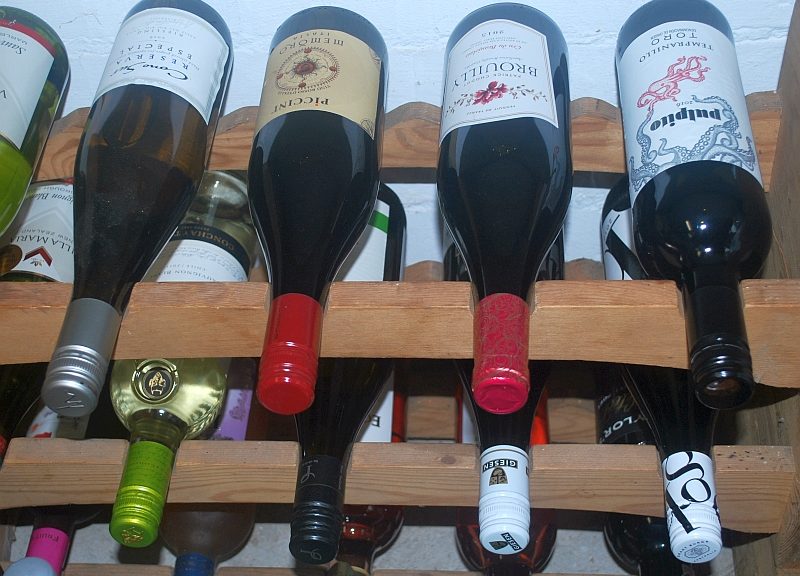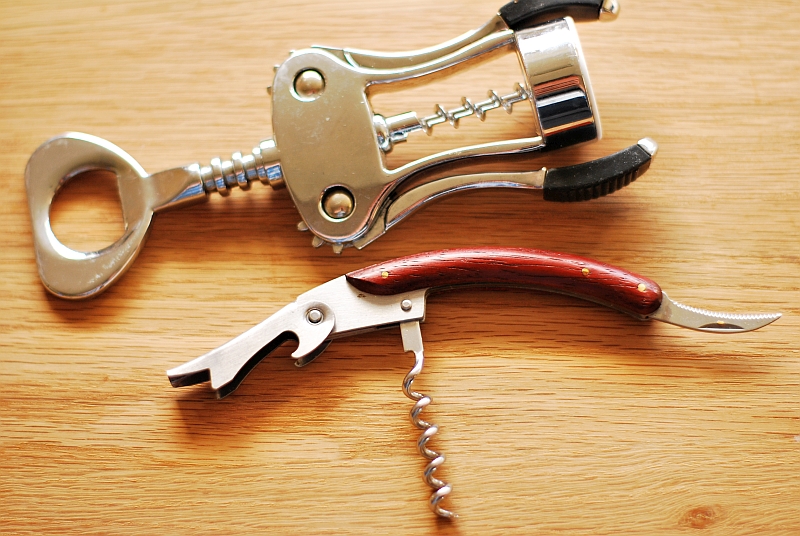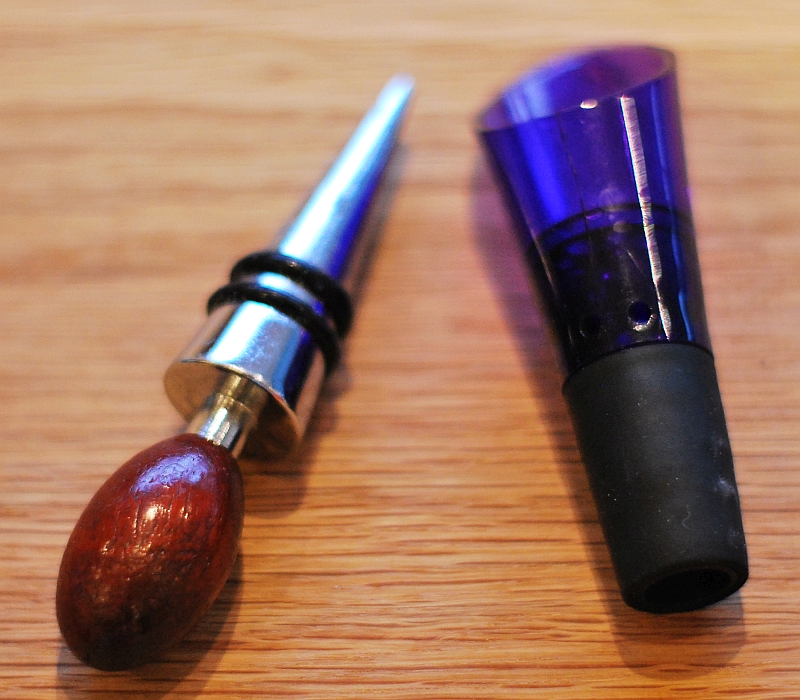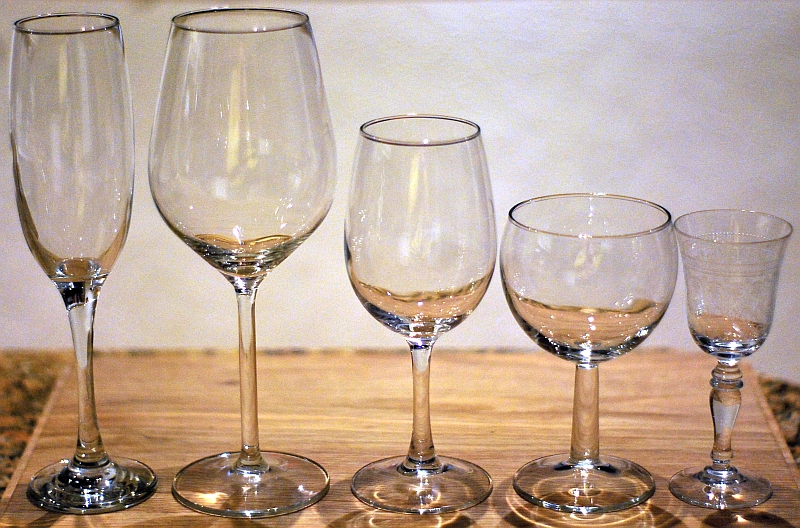
A word about wine
Beginning of January, time of the New Year’s resolutions, new beginnings and hopes. Pretty much every year I tell myself that I will drink better quality alcoholic beverages but less of them. I must proudly admit that it seems to be working. Long gone are the days of my youth when parties were fuelled with cheap lager and even cheaper substance that at the time we called wine. It wasn’t really a wine though. You couldn’t call it a wine as much as would not consider McDonald’s a Michelin star quality food. Equally times when I could enjoy a simple mix of vodka and fruit juice or coke are in the past. I appreciate good food much more than I used to and good food calls for a good drink to go with it. For the vast majority of situations it has to be wine.
Wine is one of the oldest alcoholic drinks known to humankind. The Book of Genesis says of Noah that he “began to be an husbandman, and he planted a vineyard”. But long before the Genesis was written, wine was being made in Babylon, Egyptians enjoyed it, Greeks took vine to the south of France. But the history of wine as we know it starts with Romans. They imported fine wines from all over Mediterranean. They knew about the scientific training and pruning of vines, ageing of the finest vintages. Since then production and consumption of wine spread throughout the world. It is no longer a status symbol and more wine varieties are available than ever before. Wine should be enjoyed, and anyone who can distinguish the smell of lavender, say, from that of a lemon will be able to enjoy it. All you need is a sense of smell, a sense of taste and an eye for colour. Just as we learn the differences between apples and pears, beef and pork, trout and cod, by eating them, so we learn to know the differences between say Pinot Noir and Shiraz, port and sherry, by drinking them. It is when you learn basic differences between types of wine – this one is red, that one is white, this is still, that one sparkles, some are dry, some are sweet – you can begin to indulge your own tastes and pair dishes you cook to the bottle.
Remember, there are no laws about wine drinking. There is a great deal of accumulated experience. But at the end of the day please let your own tastes to guide you and enjoy what you like best. What I intend here is only to share my own experience and accumulated knowledge on the matter. I hope that you find at least some of it useful.
There are following main types of wine:
- white wine (usually categorised on the scale between dry and sweet),
- red wine (categorised on the scale between light bodied and full bodied),
- rosé wine (can be either dry or slightly sweet)
- sparkling wine
- fortified wines

two types of corkscrews
Where to buy wine:
Supermarkets.
The main advantage is accessibility and the buying power of the big chains. This means you can get real bargains. However supermarkets rarely buy from smaller growers therefore it will be more difficult to get wines with unique character. Also, you cannot expect any form of personal advice when buying at the supermarket.
Wine merchants.
They can provide personalised advice and whilst cannot compete with the supermarkets on price they will have access to wines produced in small quantities with an individual character.
On line wine clubs
They often offer access to wine produced by smaller, independent growers. However as a buyer you are often required to buy minimum quantities, such as dozen bottles at the time. Sometimes you are also required to make regular purchases regardless of your consumption needs.
Abroad
It is a great way of purchasing wine. You are usually much closer to the actual grower. However please remember about the potential import restrictions depending on the country you intend to bring your wine from.

Storing wine:
Almost any inexpensive wine is nowadays made to be enjoyed right after the purchase. Particularly whites, rosés and light bodied reds are to be enjoyed young. The pleasure in the is freshness and youthful fruitiness. Most full bodied reds can be consumed straight off the shelf but they may benefit from up to two years of ageing in the bottle. Nevertheless it is a good practice to have a modest selection of wines kept at home. It helps with paring wines with your meals and adds element of spontaneity to the process of drinking. When it comes to storing, wine should be kept lying quietly in a dark, cool, ideally slightly damp place. Wine is not over fussy though, anything from 7 degrees to 18 degrees centigrade will do. The most important thing to remember is that wine does not like changes. So less changes in the temperature the better. I keep my stock in the garage where there is never too cold or too hot. Remember, in higher temperatures wine matures quicker. Traditionally, bottles have always been kept lying horizontally so as to prevent the cork from drying, shrinking and letting in air. However modern screw capped bottles can be stored upright, as long as the screw cap is protected from being damaged. Generally, bottles stopped by the natural cork can be stored for decades, screw capped bottles should not be kept for longer than 5 years and synthetic stopped bottles should be consumed within a year.

Serving wine:
Wine drinking is a social thing and nothing gives greater pleasure than sharing it. It is worth working in advance how many bottles and types of wine you may require, and what order to serve them. A young wine offered first tends to show the qualities of a matured one. A white wine is usually better to be served before the red, light bodied wine before full bodied, dry before sweet. How much to serve may be more difficult to estimate. In a normal 750ml bottle there are about 6 to 8 servings. At a light lunch, one glass per person may be just right. However at the long, multiple course dinner, five or six glasses might not be enough. The golden rule is: be generous but never pressing, and always offer to water as well.
Nothing makes more difference to enjoying the wine than its temperature. Serving stone cold rioja or lukewarm chardonnay is a crime – not because of breaking any rules of etiquette, but because the wines taste so far from their best. The most sensitive of what we call our sense of “taste” is actually our sense of smell. White wines are made with more volatile compounds than reds. In other words they are smellier. Therefore you should serve white wine cooled down for couple of hours in a fridge. Whilst red should be brought to “room temperature” so it’s vapours become more apparent. By room temperature it means not more than 18 degrees centigrade. Rosé and sparkling wines should be served chilled as well as sweet white wines. Fortified wines are usually served at room temperature.
Next step will be opening the bottle. For the screw capped bottles it is pretty self explanatory. For bottles stopped with a cork, first we have to remove the foil. Than, use a good quality, dedicated corkscrew that gives a good leverage and has a sharp point to pierce the cork easily. Opening a sparkling wine is a bit more complex. Ensure the bottle is well chilled and has not been recently disturbed. The pressure inside a champagne bottle is similar to that inside the tyre of a lorry. Therefore the unguarded cork pushed out of the bottle can be very dangerous. After taking off the foil and the wire muzzle, hold the cork with one hand while gently twisting the bottle with the other, ideally at an angle. The cork should pop out discreetly, ideally with no loss of liquid.
There are two schools. One suggest decanting and the other says the wine tastes better when poured straight from the bottle. I personally prefer to decant red wines as I believe it exposes the wine to extra oxygen and improves the flavour. However, I enjoy whites poured straight from the bottle.
There is a whole array of wine glasses widely available now. Apart from sparkling and fortified wines the rest can be served in pretty much same type of glass, which I call an universal wine glass. Important thing is that the glasses need to be clean and dry, free from any odours. Sparkling wine tastes best served in a tall champagne flute, whilst fortified wines should be served in a dedicated small port glasses. As a general rule when serving red wine to not fill more than third of a glass, with white or rosé you can go not more than half a glass and sparkling wine can fill up to 3 quarters of the champagne flute.

Pairing food with wine:
- Sparkling wine – on its own, pre meal drink, with light canapés, creamy desserts, hot soufflés
- Very dry white (Muscadet, Sauvignon grape wines, Chablis) – shellfish, salmon, oily fish
- Dry white (Soave, Chardonnay, Burgundy) – white fish, creamy soup
- Medium dry white (Moselle, Vinho Verde) – chicken
- Medium sweet white (German Spatlese, Italian Moscato) – soft, creamy cheese, fruit, fruit desserts
- Sweet white (Sauternes, Tokaj) – rich desserts, chocolate desserts
- Rosé – Bouillabaisse, Cold meats
- Light red (Beaujolais, Valpolicella) – chicken, veal, pork
- Medium light red (Burgundy, Pinot Noir) – pork, duck
- Medium red (Cotes du Rhone, Chianti, Rioja) – lamb, game birds
- Full red (Cabernet-Sauvignon) – beef,
- Very full red (Barolo, Australian Shiraz) – rich stews, venison
- Port – matured cheese, strong flavoured cheese
- Sherry – on its own, very rich desserts, chocolate desserts
- Madeira – light soup